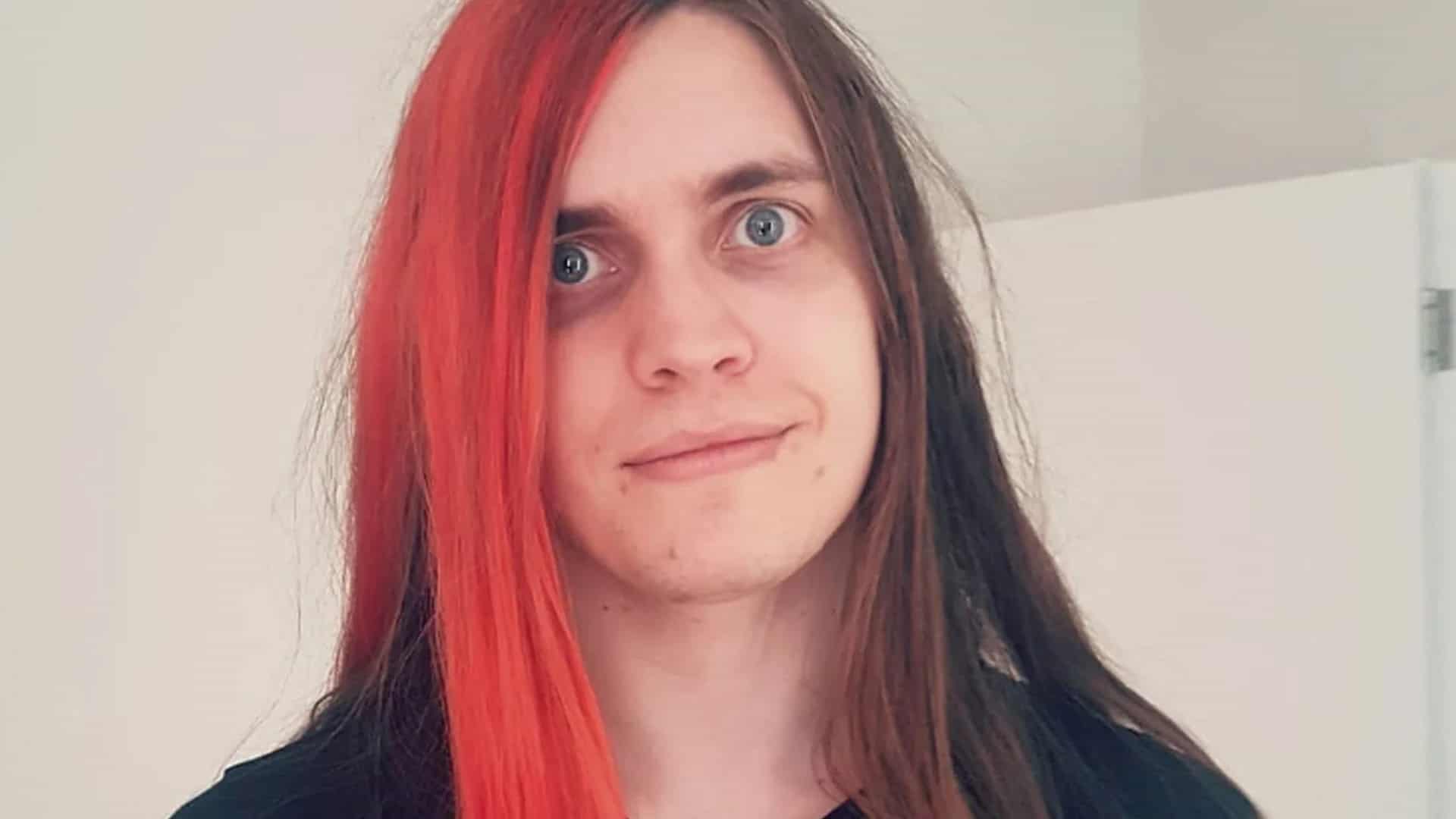Let’s talk about Boyinaband—two guys who’ve made waves in the music world with their unique style and bold, thought-provoking content. But let’s be real, their journey hasn’t been all smooth sailing. The Boyinaband controversy has been a hot topic, sparking debates about artistic freedom, ethical boundaries, and the impact creators have on shaping public opinion.
From their humble beginnings as a YouTube sensation to becoming a global phenomenon, Boyinaband, made up of James Ve and Andrew Huang, has never shied away from pushing limits. Their music often tackles sensitive topics, blending humor with sharp commentary, but this approach has sometimes stirred up controversy that’s caught the attention of fans and critics alike.
In this piece, we’re going to dive deep into the Boyinaband controversy—where it all began, the key moments that shaped it, and what it means for the music industry today. By understanding these issues, we can get a clearer picture of the challenges artists face in the digital age and how they navigate them. So, let’s break it down step by step.
Read also:How To Download And Stream Telugu Dubbed Movies Legally
Table of Contents
- Biography of Boyinaband
- Early Career and Rise to Fame
- Overview of the Boyinaband Controversy
- Key Events in the Controversy
- Ethical Issues Raised by the Controversy
- Fan Reactions and Public Opinion
- Media Coverage and Its Impact
- The Role of Artist Responsibility in Controversy
- Implications for the Music Industry
- Future Directions for Boyinaband
Who Are Boyinaband?
Before we jump into the controversy, it’s important to know where Boyinaband comes from. This dynamic duo—James Ve and Andrew Huang—started making waves back in 2009. They’re a British musical comedy act that gained traction through their YouTube channel, where they posted hilarious music videos and parodies that quickly went viral.
Meet the Duo
Let’s take a closer look at these two:
| Name | Role | Birth Year | Place of Birth |
|---|---|---|---|
| James Ve | Producer/Vocalist | 1990 | London, England |
| Andrew Huang | Songwriter/Performer | 1988 | Los Angeles, USA |
Together, they’ve created some of the most memorable and viral hits in online music. Their ability to mix catchy tunes with clever lyrics has made them a household name in the digital music scene.
How It All Began
Boyinaband’s journey started on YouTube, where they quickly built a loyal following. Their early videos showcased their talent for blending catchy melodies with sharp, witty lyrics that often addressed pop culture and societal issues. It was clear from the start that they weren’t afraid to tackle tough topics.
The Breakthrough Moment
One of their biggest breakthroughs came with the release of “The Rap Song,” which blew up and garnered millions of views. This success paved the way for their move into mainstream music, where they continued to experiment with different styles and themes. As their audience grew, so did the scrutiny of their work, leading to the controversies that would define their career.
Understanding the Boyinaband Controversy
The Boyinaband controversy touches on several key areas, including the use of sensitive topics, potential cultural insensitivity, and the ethical implications of their content. These issues have sparked heated debates among fans, critics, and industry experts alike. While Boyinaband has always prided itself on pushing boundaries, some argue that their approach sometimes crosses into problematic territory. Let’s explore the main points of contention.
Read also:Understanding Hdhub4ursquos Legal Fine Print A Mustknow Guide
Key Moments in the Controversy
1. Cultural Appropriation Allegations
One of the biggest controversies surrounding Boyinaband involves accusations of cultural appropriation. Critics have pointed out that their use of cultural symbols and themes from marginalized communities often lacks proper context and respect.
- Specific instances where cultural elements were used in their music
- Responses from affected communities
- Boyinaband’s official statements
2. Misrepresentation of Sensitive Topics
Another major concern is how they handle sensitive topics, such as mental health and social justice. While their intention may be to raise awareness, some critics feel that their approach can sometimes trivialize these issues.
For example:
- Songs addressing mental health struggles
- Parodies involving political figures
The Ethical Dilemma
The Boyinaband controversy raises important questions about the ethical responsibilities of artists. In an era where creators have more reach than ever before, the line between creative freedom and ethical accountability becomes increasingly blurred. Artists like Boyinaband must balance their desire to innovate with the need to consider the impact of their work.
Artistic Freedom vs. Ethical Responsibility
This section examines:
- Case studies of other artists facing similar challenges
- Legal and moral implications of controversial content
What Fans Are Saying
Fan reactions to the Boyinaband controversy have been all over the map. Some defend their right to creative expression, while others criticize their lack of sensitivity. Social media platforms have become battlegrounds for these differing viewpoints.
How Fans Are Engaging with the Issue
Here’s how fans are responding:
- Online petitions and campaigns
- Discussions on forums and social media
- Support for Boyinaband through merchandise and concerts
The Role of the Media
The media has played a huge role in shaping public perception of the Boyinaband controversy. News outlets and entertainment platforms have covered the events extensively, influencing how audiences interpret the situation.
Key Media Reports
Some notable media coverage includes:
- Interviews with Boyinaband members
- Analysis by cultural critics
- Opinion pieces from industry experts
The Bigger Picture: Artist Responsibility
Artists have a responsibility to consider the broader implications of their work, especially when it involves sensitive topics. This section explores how Boyinaband and other creators can navigate these challenges while staying true to their artistic vision.
Steps Artists Can Take
Recommendations include:
- Engaging with affected communities
- Seeking feedback from diverse perspectives
- Using platforms to promote positive change
What This Means for the Music Industry
The Boyinaband controversy sheds light on broader issues within the music industry, like the tension between commercial success and ethical responsibility. As streaming platforms and social media continue to shape how music is consumed, these challenges will only become more pronounced.
Future Trends in Music Creation
Emerging trends include:
- Increased emphasis on authenticity and transparency
- Greater collaboration with underrepresented voices
- Adoption of ethical guidelines for content creation
Where Does Boyinaband Go from Here?
Despite the controversies, Boyinaband remains a major player in the music industry. Looking ahead, they have the opportunity to address past issues while continuing to innovate and push boundaries.
Potential future directions include:
- Collaborations with artists from diverse backgrounds
- Focus on projects that promote positive social impact
- Engagement with fans through interactive platforms
Conclusion
The Boyinaband controversy highlights the complexities of modern music creation. While their work has sparked important conversations, it’s also raised questions about the responsibilities of artists in today’s digital world. By examining these issues, we can better understand the challenges faced by creators and the industry as a whole.
We’d love to hear your thoughts on this. Drop a comment below and let us know what you think. Your feedback helps us create content that resonates with our audience. For more insights into the music industry, check out our other articles and stay updated on the latest trends.
References:
- Statista. (2023). Global Music Industry Statistics.
- Rolling Stone. (2023). Artist Responsibility in the Digital Age.
- Pew Research Center. (2023). Social Media and Public Opinion.


